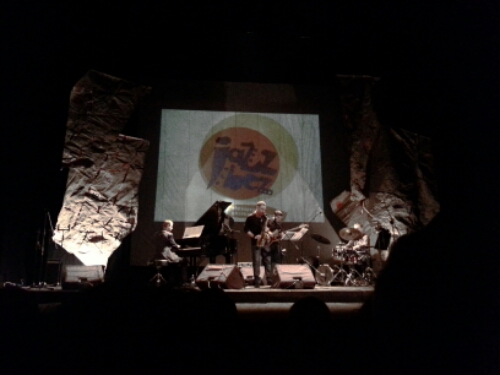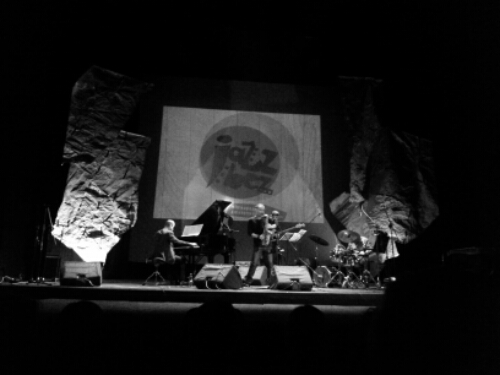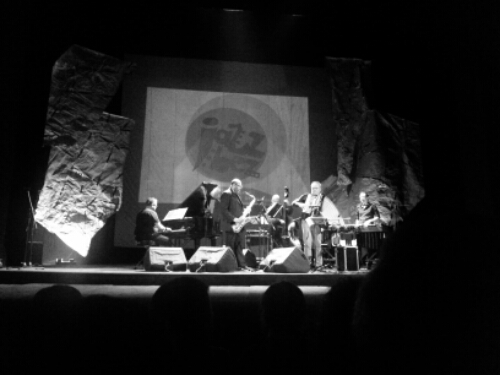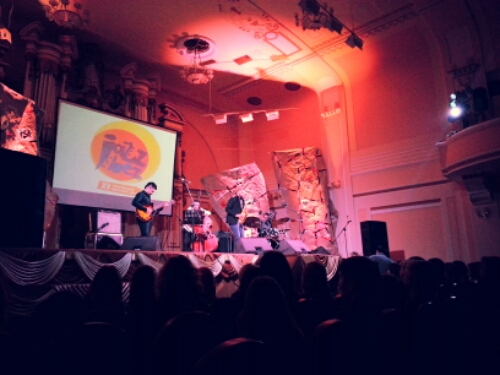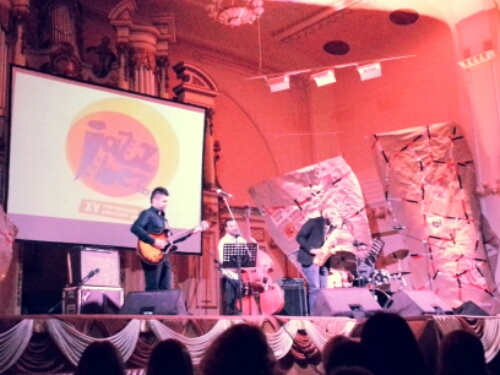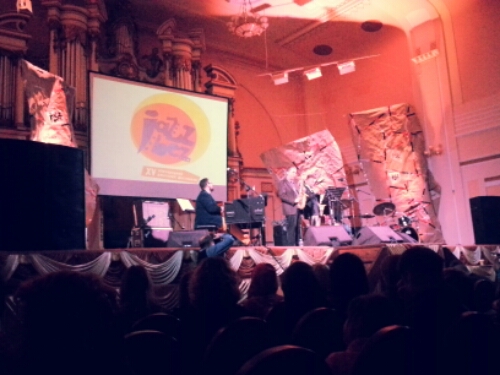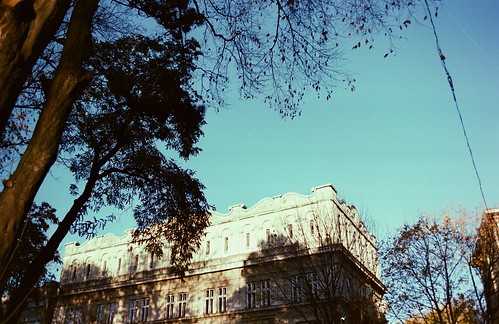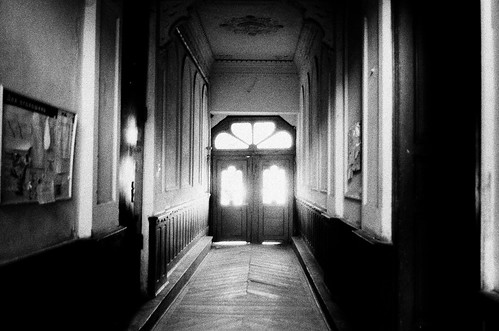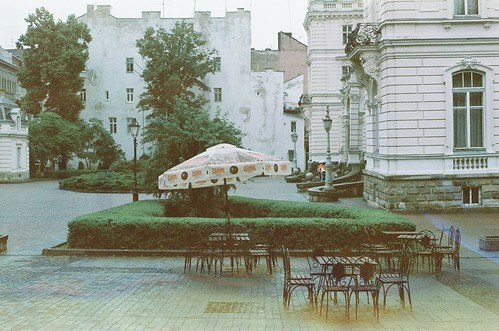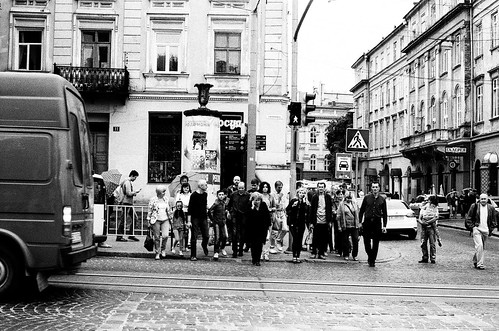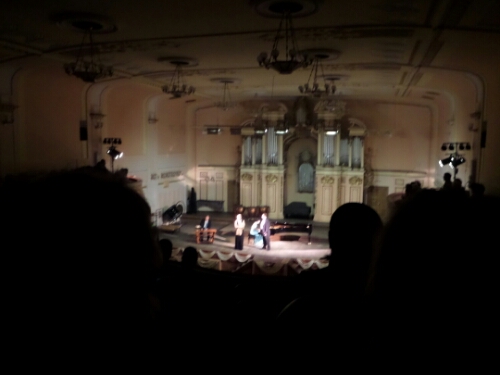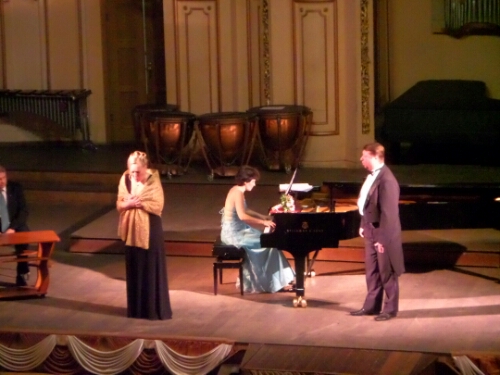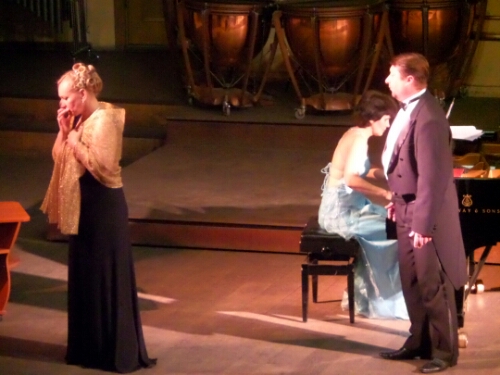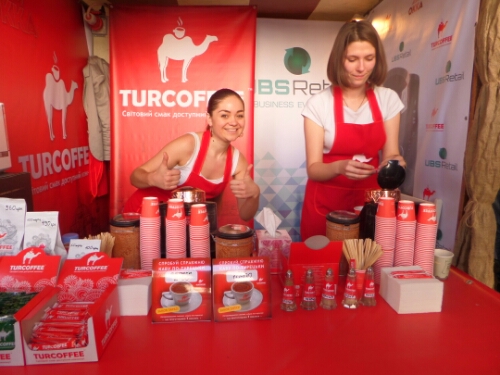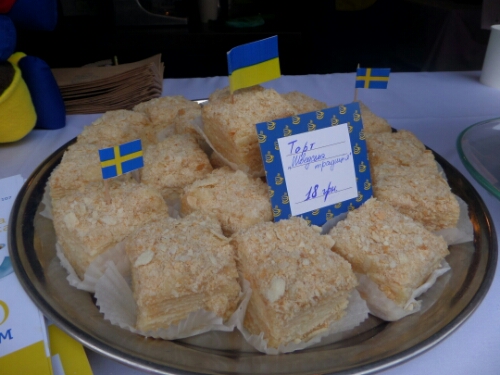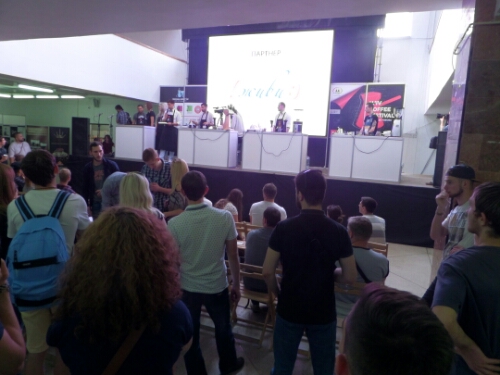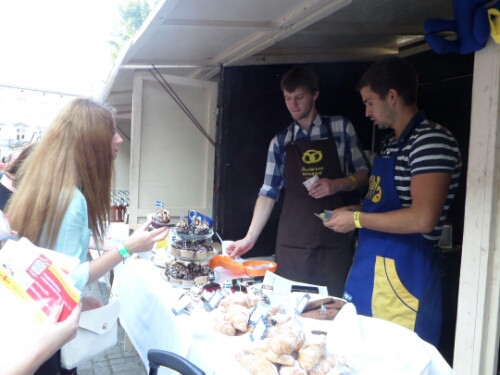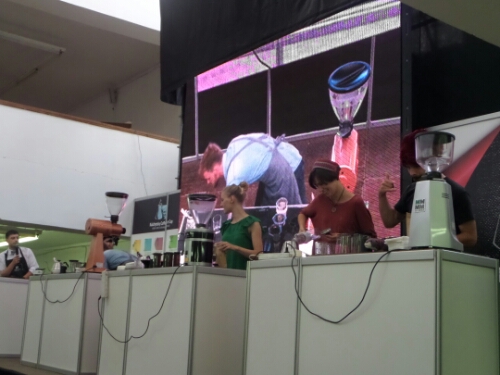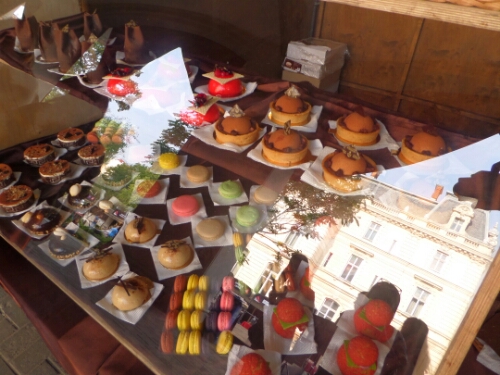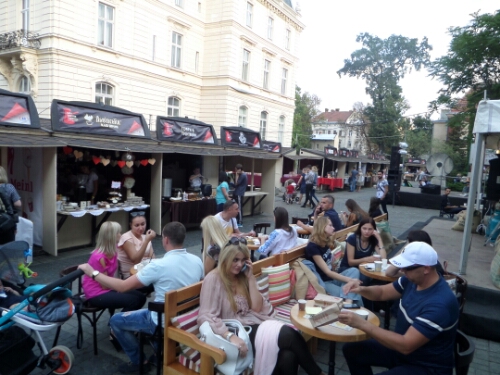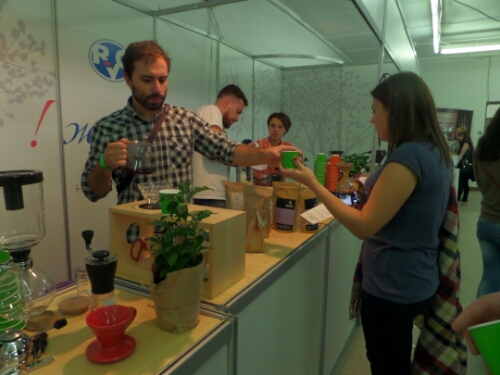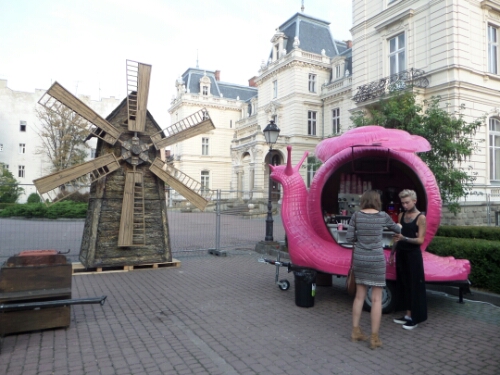Avantgard och Piazzolla – tredje dagen
Category: by sophie engström, music
Tags: jazz bez, Marciej Obara, Sveriges ambassad
Kvällens jazzövningar var två mycket olika set. Första akten bestod var Marciej Obara quartet. En avantgardistisk exposé, mycket skickliga improvisatörer. Pianisten Dominik Wania briljerade och likaså Michal Miśkiewicz på slagverk. Deras samspel var halsbrytande och den drygt timme långa konserten spelades nästan i ett svep, med bara små andrum för dem och publiken.
Efter paus bytte vi stämning och kontinent. Den polska kvintetten Tango Project spelade argentinska Astor Piazzolla med förvånande emfas. Publiken var givetvis hänförd. Vem kan tycka illa om Piazzolla? En eloge ska gå till den blygsamme vibrafonisten. (Har tyvärr inget namn på honom, då han inte nämns i programmet.) Hans klang och inlevelse var stark och personlig. Lite besviken blev jag dock när han avstod det sista solot. Jag fick en känsla av att jag inte var ensam att känna så.
Återigen en underbar kväll, men kan tillägga att det är sorgligt få kvinnor som medverkar på årets festival. Tror att det bara är tre kvinnor som medverkar(!). Upplysningsvis är det 46 män spelar på årets Jazz bez. Vad blir det i procent? Runt 6% är årets musiker är alltså kvinnor. Sveriges ambassad är en av finansiärerna, och man skulle ju kunna önska att vi ställde krav på de festivaler vi sponsrar, liknande de vi ställer på svenska festivaler. 30/70 är väl inte för mycket begärt? Något för nästa år?


